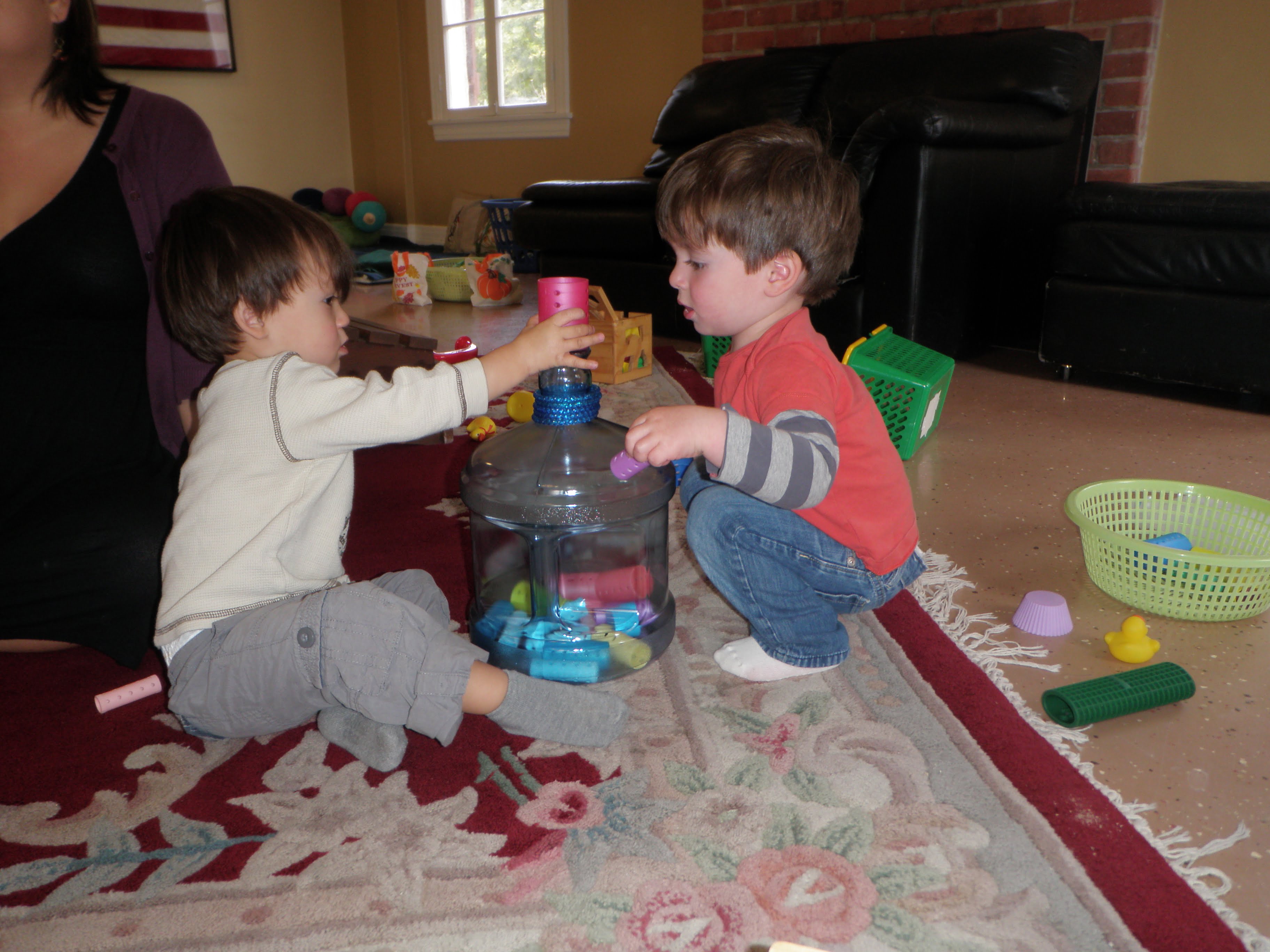Grandma gently put Susie on the kitchen counter. With a loving and almost singing voice, she said, “Don’t you cry. It is embarrassing to cry. Beautiful girls like you don’t cry… Crying is a bad habit…”
The grandma meant well – she did not want her granddaughter to suffer. For many grownups, tears are strongly connected with suffering and pain. Consequently, many adults will do anything to satisfy a child’s wants just to make sure the child does not cry. Sometimes, I also wish we could have the magic power to take all the pain away from our children’s lives.
However, struggle is an important part of our life.
As Magda Gerber said, “Learning to fall, getting up again, and moving on is the best preparation for life.”
By putting a veto on emotions and crying, we are not really taking away the pain. It is actually confusing for the child why she cannot let her special grown-up know how she feels. Eventually, the child will learn that some emotions are scary or unacceptable, and they need to be hidden. This does not help the child in processing their emotions and being able to move on.
It is okay to cry
It’s okay to cry – especially if you really want something and you can’t have it, or it doesn’t exist in reality. It is sad, unfair, and unpleasant. “Grandma can’t pick you up right now – she has to leave.” This news does not feel good; Susie loves her grandma. It feels joyful to dance together with her, and no reasoning, at that point, can make this news feel less sad.
Mourning and sometimes anger are important parts of the process. Those “negative” emotions are often scary for grownups, so they try to convince children not to cry and not to feel them. Susie is sad!! It is hard for her to believe in such injustice! Mourning is normal, crying is normal, and feeling frustrated and perhaps even angry is normal. When grownups are allowed strong feelings, the child can process what’s going on and rejoice because it was and has passed, and it is not stuck anywhere. If we are not going to stop a child from crying, not discourage, not distract, not even redirect – what can grownups do to support a crying child?
Here are some tips on how to support a crying child:
- Recognize that the child is upset about something.
- Regulate yourself and help your child to co-regulate.
- Name what he is upset about. “You want grandma to pick you up and dance and sing with you… and she needs to go home.”
- Normalize the child’s experiences. It is sad when a loved one needs to go. It is okay to cry.
- Empathize with the child. Listen, be present, and hug (if the child wants one).
- Explain when the big emotions go down the child might be ready for simple explanations. “Grandma is tired. She will go home, rest, and come back tomorrow. She will be refreshed and ready to dance with you again.”
- Empathize again. Hug, cuddle, and kiss.
In conclusion, it is important to allow children to express their emotions, including crying, to help them process their feelings and learn how to cope with life’s struggles.
Watch and listen presentation Helping Children Manage Their Emotions by Ruth Anne Hammond
If you need more information, email or call me for RIE® Parent-Infant Guidance™ Classes.
Wishing you all the best on your parenting journey!
Warmly,
Teacher Kira.














